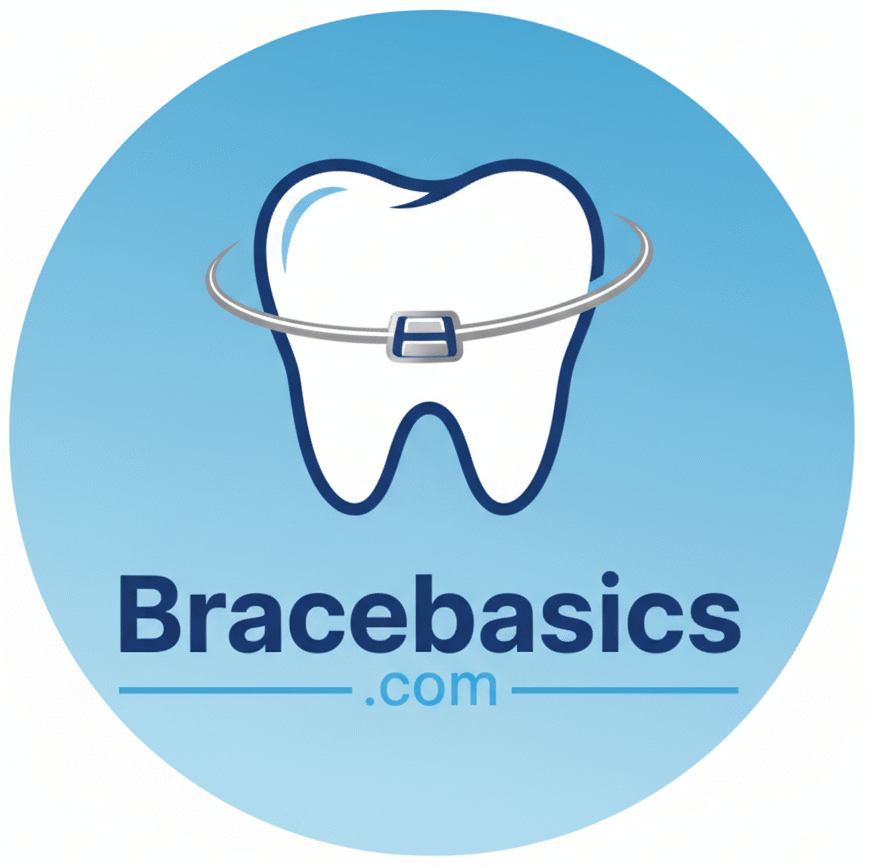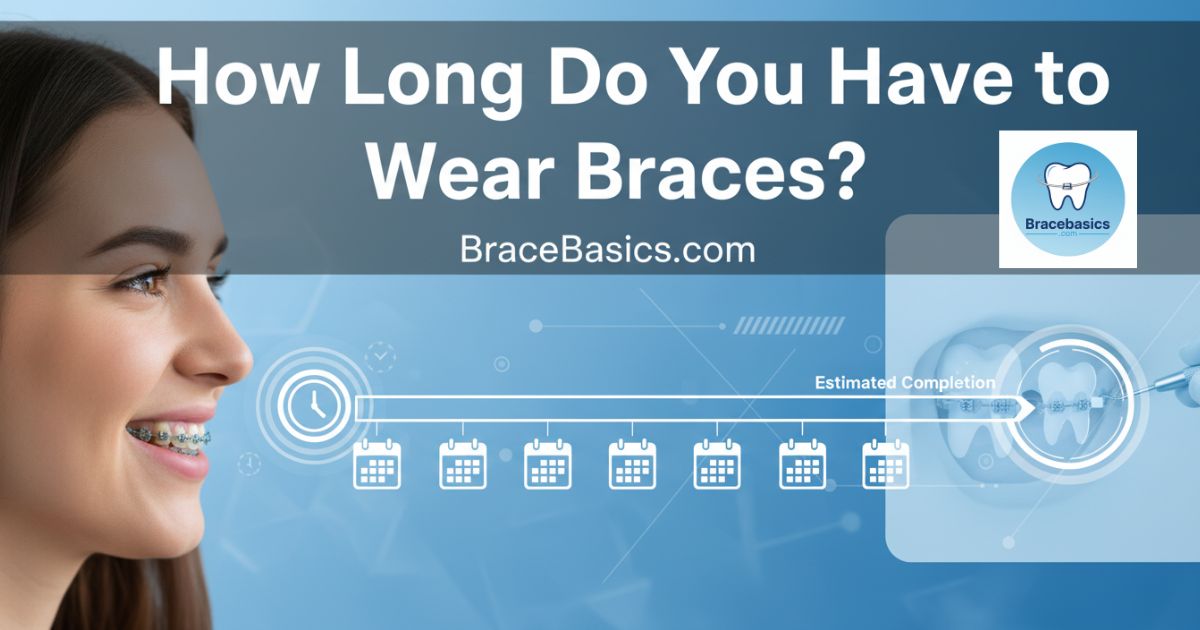Straightening your teeth is a journey that raises one big question: how long do you have to wear braces? The answer isn’t the same for everyone because it depends on your age, dental health, and the kind of treatment you choose. On average, the orthodontic treatment time in the USA is 16 to 24 months, but some people may need less while others need more. The teeth straightening process works by applying gentle pressure on teeth with the help of brackets, wires, and bands. Each adjustment gradually moves your teeth into place, giving you not only a straighter smile but also improved oral health.
Understanding How Braces Work
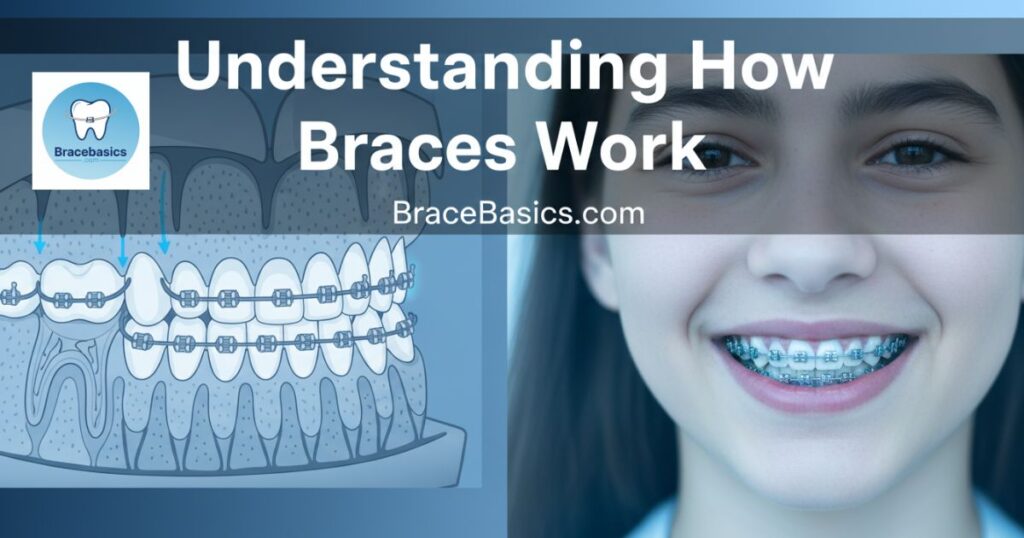
The teeth straightening process begins with a system designed to shift teeth slowly into better positions. How do braces work is often asked by new patients. The answer lies in the gentle pressure on teeth applied by brackets, wires, and bands. Over time, the roots respond as bone rebuilding during braces happens naturally.
This movement is safe and carefully monitored. Orthodontists check progress every few weeks to ensure they are moving teeth safely. Treatments such as rubber bands for bite correction or extra appliances may be added for overbite and crossbite treatment. A professional like an orthodontist in Denton MD or any orthodontist Maryland ensures each step follows a healthy pace.
How Long Do You Have to Wear Braces? Average Timeline for Wearing Braces
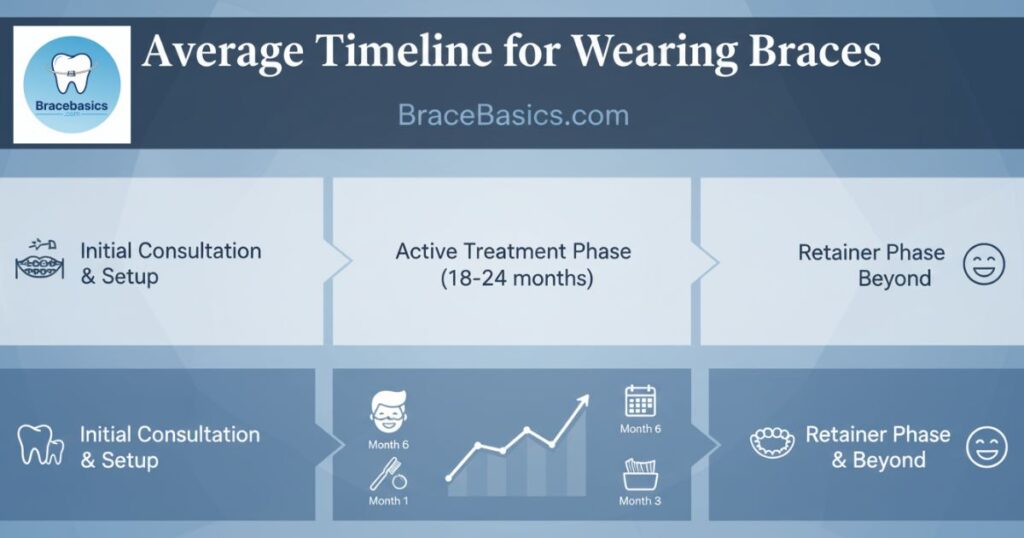
Many patients ask, how long do you wear braces or how long do braces stay on. In the USA, the average treatment time for braces is 16 to 24 months. This timeline depends on individual needs, but mild spacing or crowding may be corrected in under 18 months.
Complex situations often extend the orthodontic treatment time to 30 months or more. Some factors include impacted teeth with braces, severe bite issues, or compliance challenges. Following instructions, like wearing rubber bands with braces, plays a huge role in getting braces off on time.
Factors That Affect Treatment Time
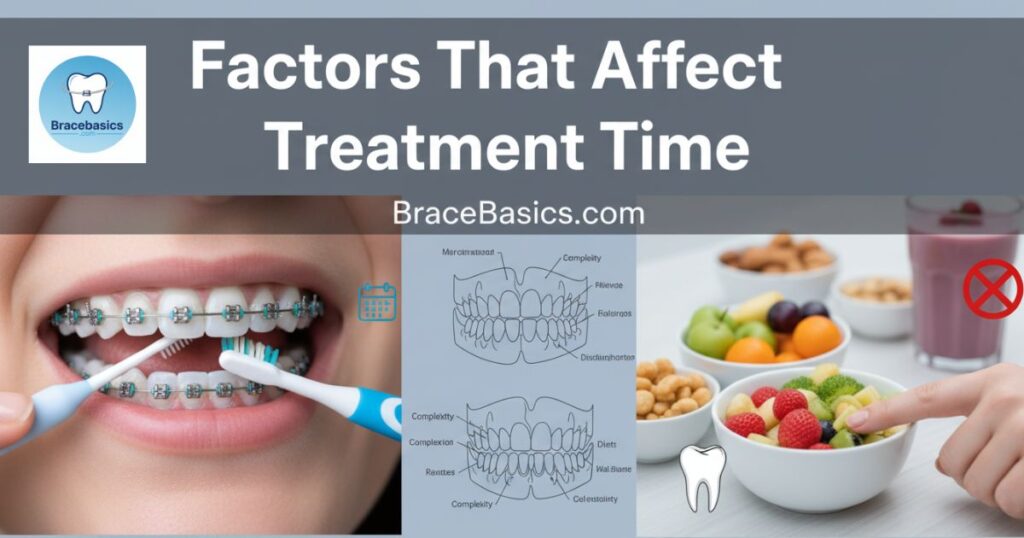
Your braces journey is shaped by several things. Age matters because teens respond quicker to the teeth straightening process due to active bone growth. Adults may take longer as the bone rebuilding during braces slows with age.
Another factor is case severity. Crooked teeth correction for mild crowding takes less time than overbite and crossbite treatment or shifting impacted teeth with braces. Patient cooperation also matters. Missing visits, breaking appliances, or not maintaining brushing and flossing with braces can delay progress.
Types of Braces and How Long They Take
Traditional Metal Braces
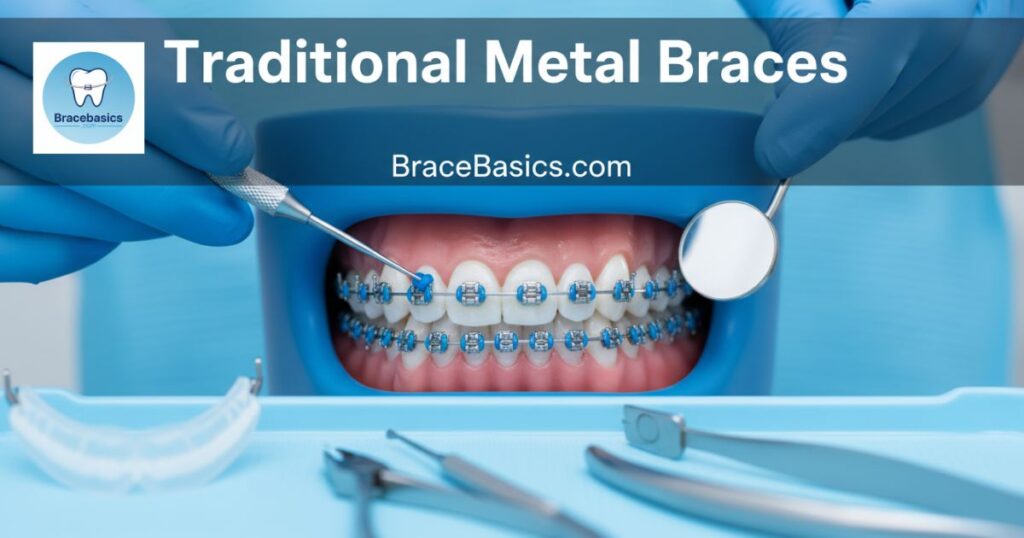
Traditional metal braces remain the most common choice. They are durable, effective, and work well for severe misalignment. The average treatment time for braces using this option is usually 18 to 24 months.
Metal systems can handle complex cases like braces with implants or severe bite corrections. While visible, they remain affordable and reliable. Most orthodontists recommend them for fast results.
Ceramic (Clear) Braces
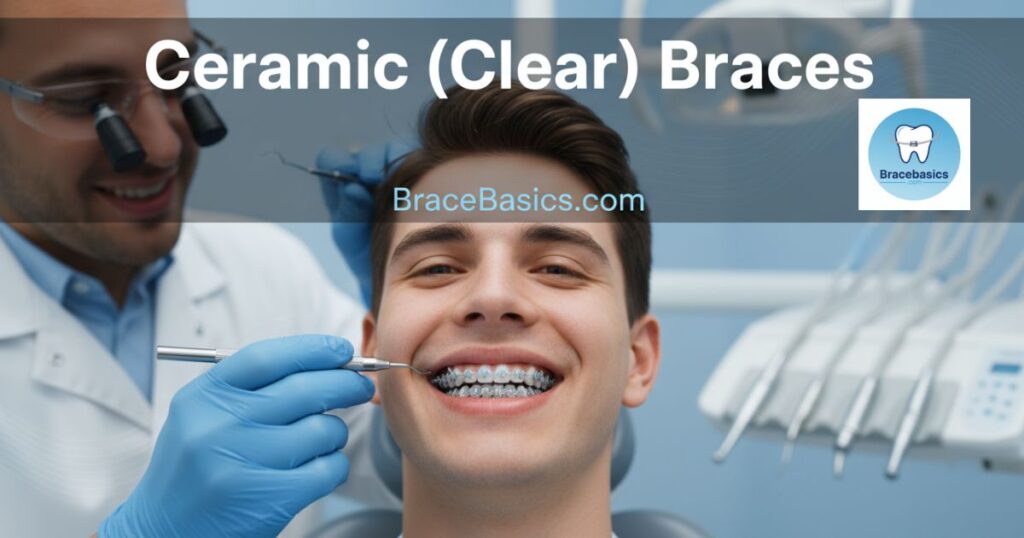
Clear braces or ceramic systems are less noticeable. Their design blends with natural teeth, offering comfortable braces options for those worried about appearance. However, treatment may last 18 to 36 months.
They are more fragile than metal and require extra care. Patients must focus on avoiding hard or sticky foods with braces to prevent damage. A loose or broken bracket repair can slow progress.
Lingual Braces (behind the teeth)
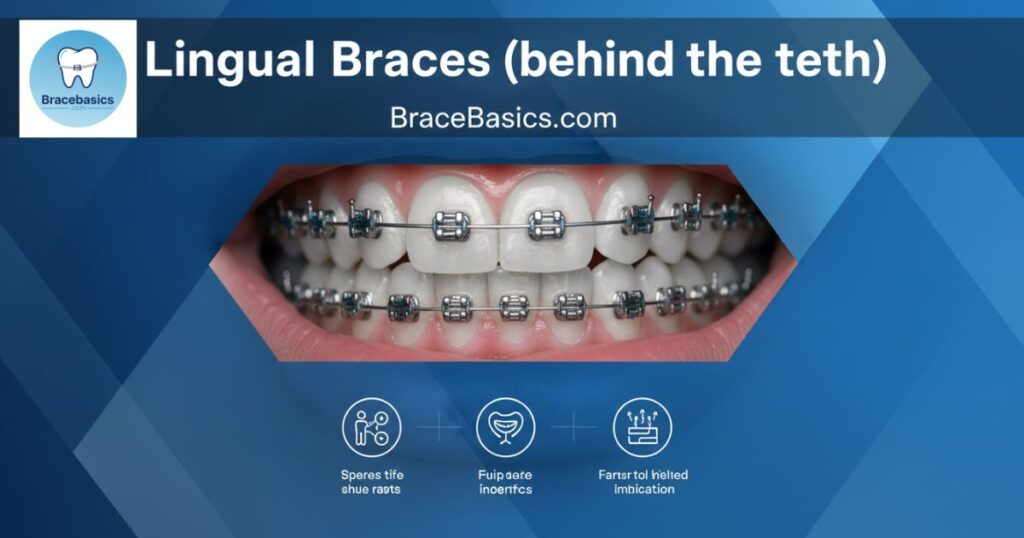
Lingual braces hide behind teeth, offering an invisible option for adults. These custom-made systems often take 24 to 36 months to complete the teeth straightening process.
They can be uncomfortable at first, but speech and eating habits adjust with time. Because they are harder to clean, patients must use tools like a floss threader for braces.
Self-Ligating Braces
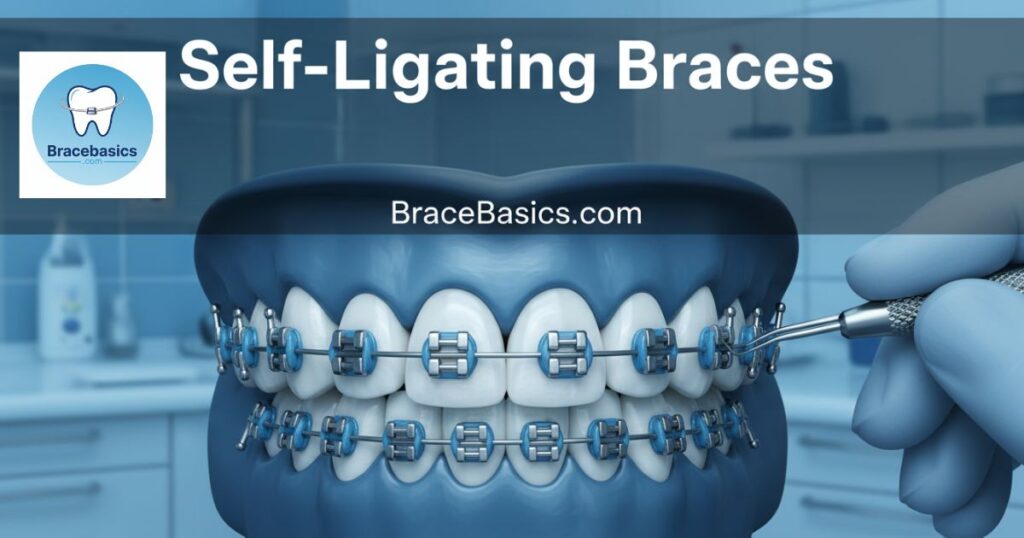
Self-ligating braces use clips instead of elastic ties, reducing friction and often speeding up results. Many patients complete treatment in 12 to 24 months.
This option may require fewer adjustments and shorter visits. Some orthodontic systems for faster results include self-ligation combined with modern imaging.
Clear Aligners (Invisalign and others)
Clear aligners like Invisalign are removable trays. They are excellent for mild to moderate crooked teeth correction and generally work within 12 to 18 months.
They are discreet and convenient, but only effective if worn consistently. Skipping trays or removing them too often will delay getting braces off on time.
Tips for Shortening Braces Treatment
If you want faster results, consistency is key. Always attend your orthodontist consultation and follow instructions carefully. Wear elastics or aligners exactly as told and avoid damaging appliances.
Maintaining oral health also matters. Use a soft-bristled toothbrush for braces, a floss threader for braces, or even an electric toothbrush for braces care. By practicing careful brushing and flossing with braces, patients can keep treatment on schedule.
| Ways to Shorten Treatment | Why It Helps |
|---|---|
| Good oral hygiene | Prevents cavities that delay progress |
| Avoiding damage | Prevents broken brackets and wires |
| Wearing elastics | Corrects bite faster |
| Attending checkups | Keeps adjustments on track |
What Happens After Braces Come Off?
Getting braces removed doesn’t mean the braces journey is over. Teeth need stabilization to prevent shifting back. Orthodontists usually provide retainers, either fixed or removable, for long-term support.
Without retainers, the results of orthodontic treatment time can fade. Wearing them as directed ensures the smile stays straight after getting braces off on time.
Benefits and Challenges of Wearing Braces
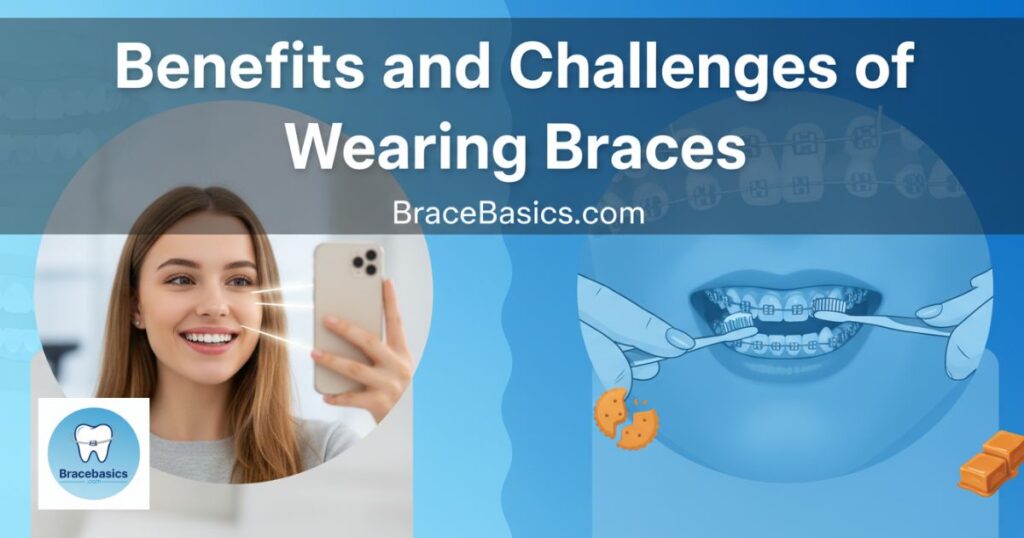
The benefits of braces are life-changing. Patients gain confidence, healthier smiles, and proper bite function. Crooked teeth correction also prevents gum disease and improves chewing.
However, challenges include discomfort, soreness, and lifestyle changes. Foods to avoid with braces include nuts, gum, and popcorn. Still, with patience and guidance, the rewards outweigh the struggles.
Final Thoughts – Start Your Journey to a Better Smile
The answer to how long do you have to wear braces depends on age, case complexity, and treatment type. While the average treatment time for braces is about two years, each braces journey is unique.
With new innovations like LightForce braces, 3D custom-printed brackets, and custom braces, patients in the USA now have more comfortable braces options than ever before. Begin your orthodontist consultation today and enjoy the benefits of a lasting, confident smile.
FAQs
What is the minimum time for braces?
The minimum time for braces is usually 6 months, but this only works for very mild alignment issues.
Why does it take 2 years for braces?
It takes around 2 years because teeth need slow, steady movement for safe alignment and stable results.
Can I have braces for 1 month?
No, braces can’t fix teeth in 1 month. The teeth straightening process requires months of controlled adjustment.
Can I remove braces after 3 months?
You can remove them, but results won’t be complete. Removing braces too early risks relapse and wasted treatment.

Hi, I’m Dr. Martin, the founder of BracsBasics.com. With years of experience in orthodontics, I’ve made it my mission to simplify braces care for patients of all ages. Here, you’ll find easy-to-understand advice, practical tips, and reliable resources to make your braces journey smoother, healthier, and stress-free. My goal is to help you smile with confidence every step of the way.
